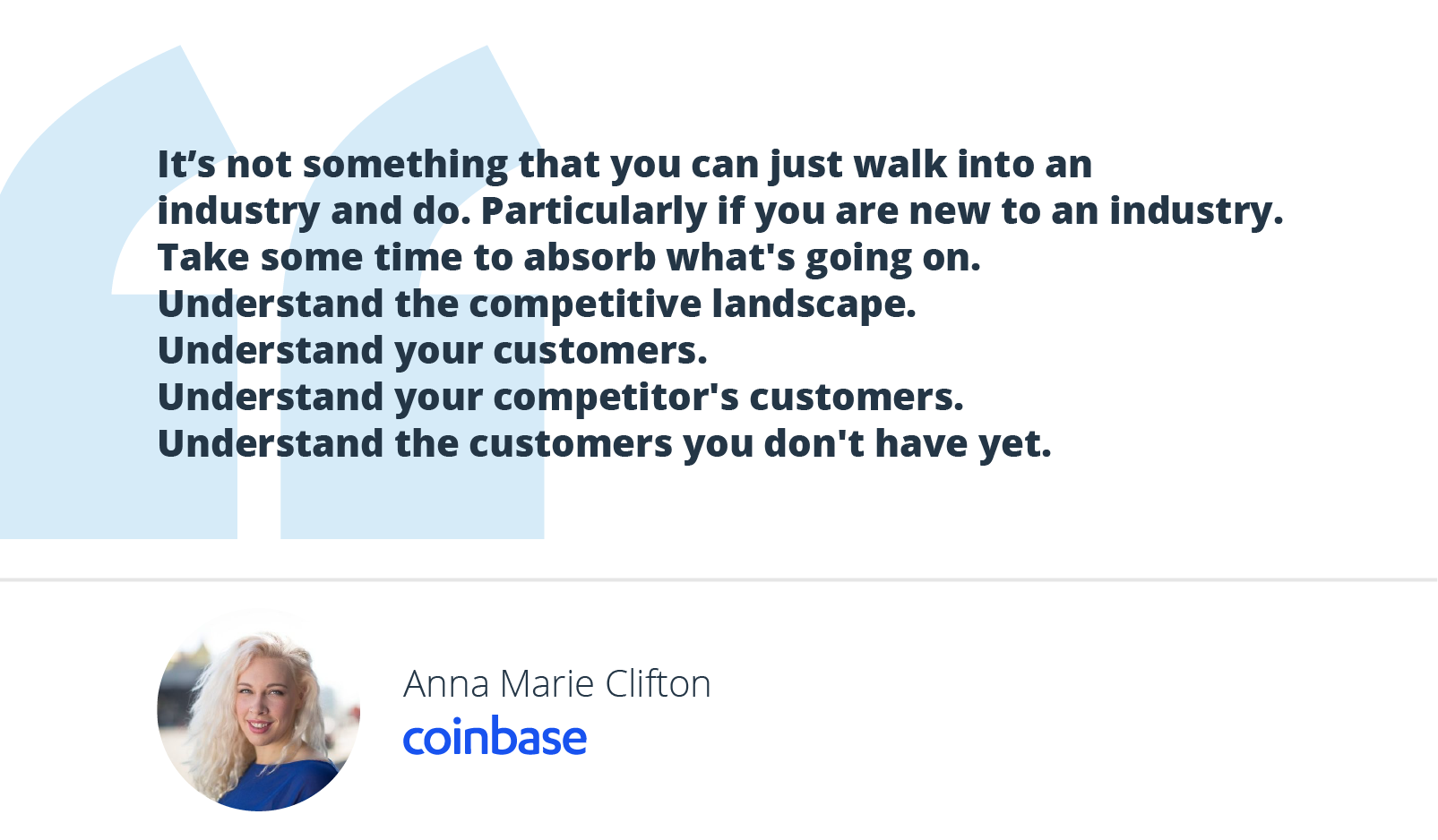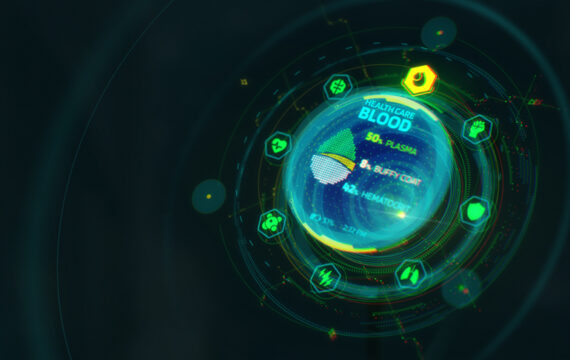At the crossroads of web design, physical product design, project management, UI and UX design, business analytics, and a few other disciplines, a new concept has recently crystallized: digital product design.
Though the concept is young, the digital pros who have mastered this new and evolving science are already molding our lives by creating features we love and cannot live without in M-banking apps, Uber-like apps, photo editing apps, and social network apps.
Are the principles of classic product design and development applicable to the design of software and applications?
Entirely.
Before proceeding with practical examples and illustrations of the product design process, we cannot but mention the principles laid out in the bible of product design: DOET.
Digital product design principles: Inheriting the best from the physical realm
As digital products have evolved, several grounding principles of physical product design have naturally transitioned into the digital realm.
The fundamental evergreen work of Don Norman, The Design of Everyday Things, is quoted and referred to so often that it’s frequently called DOET for convenience in the product design industry.
This sacred book of product design has helped generations of product designers see the relationship between the look of an item and its purpose and avoid common errors of design thinking; it also popularized the concept of user-centered design.
The theory of seven stages of action by Don Norman, like the rest of his eternally valid ideas, is a proven path to follow when creating pretty much any product, whether physical or digital:
- Form the target
- Form the intention
- Specify an action
- Execute the action
- Perceive the state of the world
- Interpret the state of the world
- Evaluate the outcome
Similarly, the digital product design examples cited below carry the imprint of this central work of design theory.
The Design of Everyday Things is an all-encompassing book with an extensive structure and an illustrative example of each concept; its relevance seems to be everlasting. Today, the majority of its principles have been translated into the design of online products.
The father of product design used a red teapot with a handle and a spout along with the iconic staple to illustrate his foundational work in ergonomics, design theory, and psychology. As users of online software and applications of all sorts, we come across too many digital equivalents of the red pot while using online products.
More often than not, when encountering a bottleneck such as a software error, we simply leave in search of an alternative.
Without further ado, let’s move on to how product design works in practice.
Product design misconceptions: Learn from other designers’ mistakes

User research is an optional step
Many product owners and designers fall into the same trap: infatuation with their genius idea. In love with their brainchild, many people are tempted to get straight to business and implement their idea in the form they envision it.
But sobering startup failure statistics ring the alarm bells: not all those ideas are as genius as they seem to their creators.
One simple way of building a market-tested product is to ask the consumers if they want your solution, how they want it, and what it is they’re looking for in such a product.
While working on a mobile banking design with one of our clients from Dubai, the Intellias team of UI and UX architects used a customer journey map to shorten the new account onboarding process from 3 days to 15 minutes!
Percentage-wise, we managed to help our client shrink the time required to open a new account by 99.6%. These are the types of efficiencies you can achieve with a thorough preliminary study.
And the best thing? The MVP was out in just 3 months with a team of 2 professionals!
User research and tests may seem expensive and time-consuming, but skipping them always costs more.
Design is all about beauty
The definition of beautiful has shifted, deepened, and acquired multi-layered complexity, going way beyond mere visual appeal and aesthetics.
In the early 2020s, proper product design is build on art, ergonomics, psychology, science, and data analytics. It’s a prerequisite of modern design to involve all these disciplines to come up with a successful product.
Today, digital product design ideas are born out of many disciplines that involve lots of analytics: research, finance, psychology, big data, and AI to name just a few.
Focusing on features over user advantages
To be a good designer is to understand the needs of the user and put those needs above your own worldview. This is what you should remember during the market research and feedback stages of product creation.
A market-savvy creative professional will start the research process from understanding the needs of the potential buyer to coming up with a software solution. The feedback stage in this case will confirm that the software solution has the necessary qualities to improve the life of the user.
How to create a major league product in the consumption-driven world
In the beginning, there was practicality
Impractical things that inspire emotions and stir viewers’ feelings are called art.
The rest of the objects surrounding us are supposed to be useful and serve a purpose other than evoking a certain mental state. However basic this may sound, this key principle of product design is just as important for understanding the field as a whole as it is for designing the details of a particular product.
Every curve and angle of a product concept ought to be reviewed from the perspective of usefulness. Should some part of an object be purely decorative, it may indicate that object is targeting a premium segment with a focus on aesthetics, belongs to a particular opulent style, or otherwise aspires to be a form of art.
Similarly, when it comes to app and software design, many app development professionals agree that purely decorative animations, however beautiful, needlessly slow down programs and should be avoided. There’s a fine line when it comes to the balance of decorative and entertaining elements in app design and the practical need for speed.
Guess what? Practicality does win a lot. Just like in the design of physical items.
User personas: The key piece of the product design algorithm
Research into the needs of user personas and markets will often save loads of money, time, and labor.
Anna Marie Clifton, a senior product manager at Coinbase, talks about the importance of knowing your customer and market in her “Product Strategy: Idea to Action” presentation at #ProductCon.

When in the process of ideation and while searching for an opportunity space, specifically in digital product design, Anna suggests following this algorithm:
- Separate the potential software solution realm top-down from the company and bottom-up from the customer.
- Map out the value curve of your competitive space.
- Consult with experts at your organization who will build on accumulated insights.
Mission possible: Reinventing the bicycle
Staying innovative seems like an insurmountable task.
It’s not.
Let’s take an example from the physical product design domain: an award-winning brush that’s given an upgrade by adding one single tin hook. Now you can hang it on a paint bucket AND prevent the bristles from touching the ground. Due to one tiny hook.
One of the obvious pains of painting with a brush has only been addressed in the 21st century, whereas the object has existed for centuries.

A practical tactic that can be used to spot such seemingly on-the-surface solutions is to adopt a child’s way of thinking and start questioning everything we’re used to in a product.
Tony Fadell of Apple, AKA “the father of the iPod,” in his TED talk on “The first secret of great design,” advises his audience to use a “think younger” strategy as one way to overcome habituation: The more we are exposed to something, the more we get used to it. But kids haven’t been around for long to get used to those things. So when they run into problems, they try and solve them. And sometimes they find a better way.
The devil is in the details – especially in the eCommerce segment
Those in product design consulting have these words pinned to the wall.
The detail is part of the whole, influencing the core impression from software.
A seasoned designer will know how to use every nuance in a project to improve the entire concept of a physical item, service, or SaaS solution.
The eCommerce segment is the most demanding to detail, and there’s no such thing as a minor nuance in product design. A tiny hiccup in the user journey may mean your conversion rate is slashed in half, and every second lost to page loading may cost tens of thousands of dollars in monthly sales.
Feedback as the lifeline to product success
Nothing is created perfectly with the first attempt. This is why the role of feedback is crucial in the commercial success of any product, be it a physical object, a service, or software.
Matin Movassate, the founder and CEO of Heap, says the following:
Great products are built by a series of small improvements.
Conclusion
While technical advancement, the development of SaaS technology, augmented reality (AR), artificial intelligence (AI), and machine learning (ML) have opened opportunities to reinvent most products by creating digitally enhanced variants, the fundamental principles of product design remain. To be competitive, designers have to combine skills and know-how at the crossroads of data science, art, engineering, and design.
Looking to bring your product into the digital dimension with an impeccable web design, custom software, or by selling it through a high-conversion eCommerce site? Intellias employs the best technical talent to deliver digital product designs surpassing the expectations of Fortune 500 companies. Let’s discuss your software development needs.


